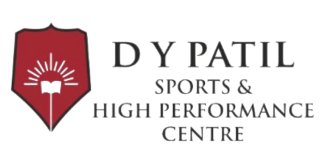Injuries are inevitable in sports, given the high physical demands of modern competition. However, the way athletes approach rehabilitation can significantly impact recovery outcomes. The most common mistake- overloading or underloading the injured area.
The Sweet Spot: Optimal Loading
Much like finding the “sweet spot” on a cricket bat or a racquet, optimal loading during rehabilitation is crucial. This involves applying the right amount of stress to the injured area through a tailored, progressive program. At ourcentre, we focus on creating individualised rehab plans that strike this balance, ensuring effective recovery and a stronger return to activity.
Psychological Barriers in Recovery
Athletes often face two psychological challenges during rehab:
1. Fear of Movement (Kinesiophobia): Being overly cautious can lead to compensations in other areas, potentially causing secondary issues. Whilst rest is important, movement is essential for recovery.
2. Overzealous Attitudes: Treating the injury as if it’s completely healed without proper rehabilitation can exacerbate the problem. Rushing back to the field prematurely is like driving on a punctured tyre – it might work temporarily but will lead to bigger issues down the road.
At our Centre, we incorporate psychological support into rehab programs to address these challenges. This holistic approach ensures that athletes overcome both physical and mental barriers, paving the way for a successful return to sports.
Rehabilitation is a Process, Not a Race
Think of your body as a computer system. When an injury occurs, it’s like a system reboot – all programs must be reloaded systematically before full functionality is restored. At our centre, we don’t just help you restart; we upgrade your system, ensuring better performance and resilience against future setbacks.
Rehabilitation is not a sprint but a methodical process that requires time and dedication. Remember, even the best systems need downtime for upgrades. With the right guidance and a structured plan, injuries can become opportunities for growth and improvement.
—
Authors:
– Dr. Vedang Vaidya (PT)
– Dr. Prerna Ghodke (PT)
